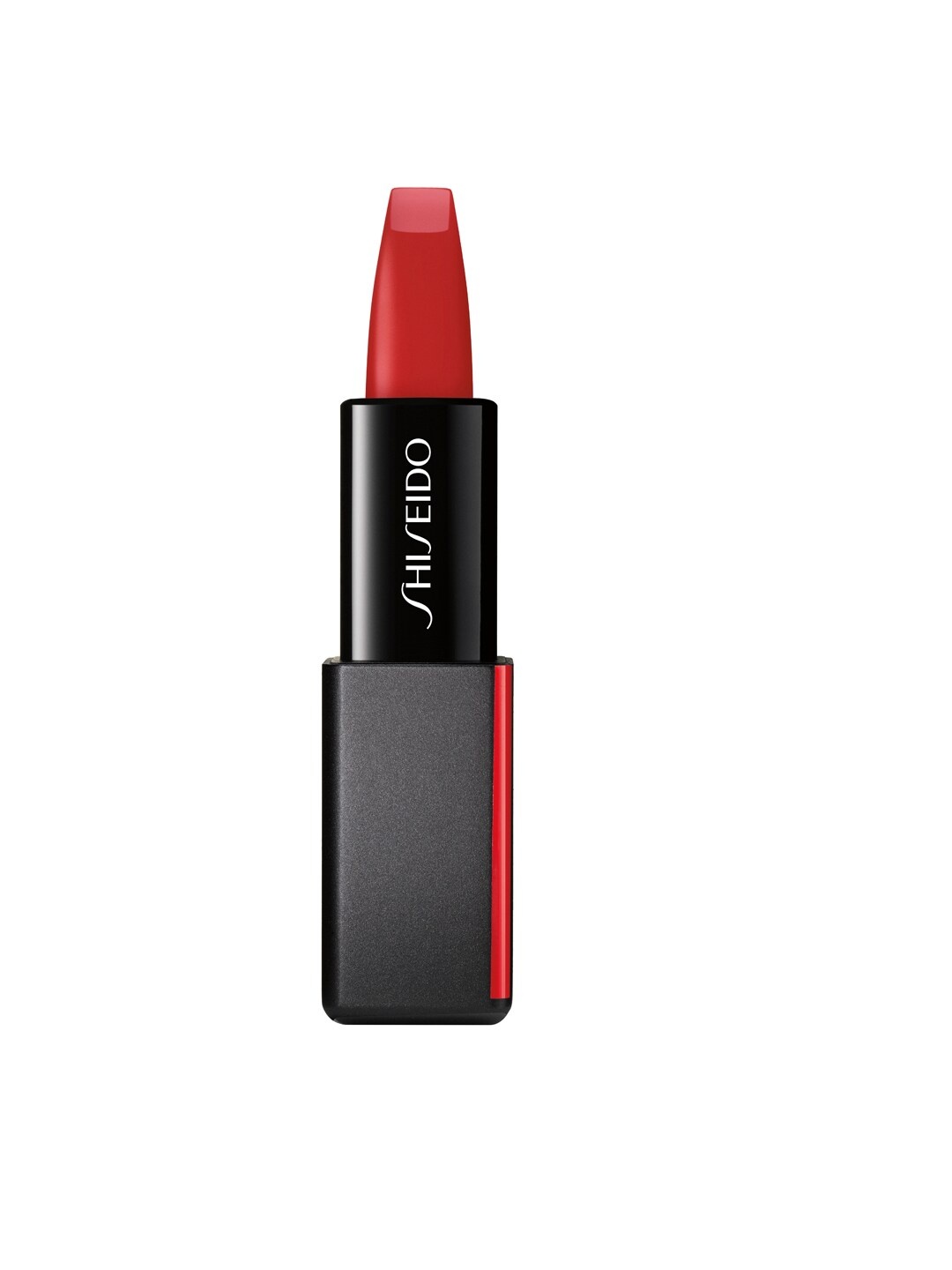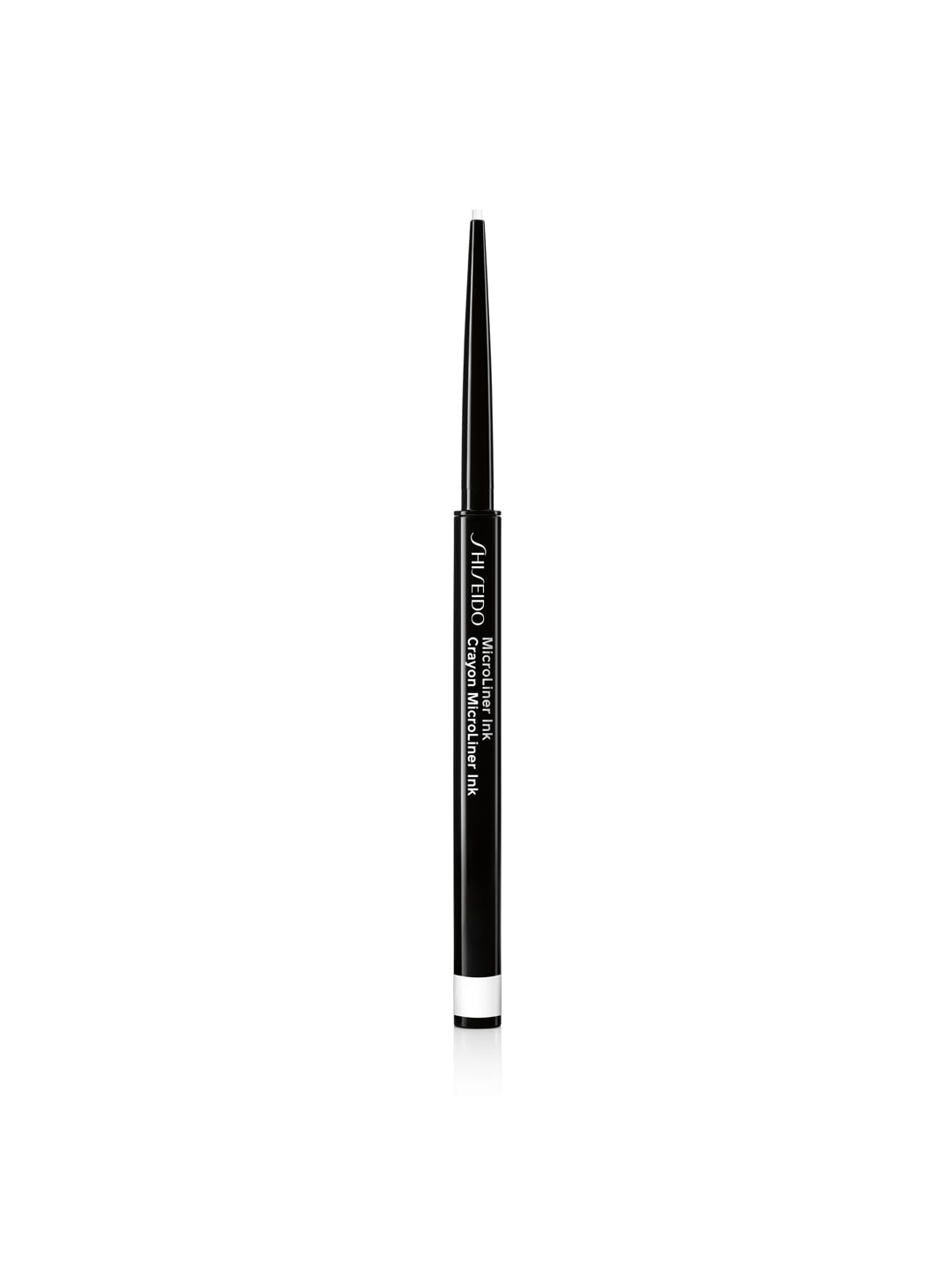Tired Of Lipstick That Fades Too Fast? This Is How to Make It Last from Morning To Night
How to make lipstick last from morning to night: From smudging to fading, there's always something that ruins your lipstick. Let's decode why your lipstick refuses to stay and what can make it finally last through your busy day.

How to Make Lipstick Last From Morning to Night: Know What Matters Most.
There's something deeply satisfying about a fresh swipe of lipstick. That first smooth glide, the instant boost of confidence, like you're ready to take on the world. But then comes the heartbreak: two hours, a coffee, and a plate of samosas later, and it's gone. What's left behind? A faint tint and a smudge. If this sounds familiar, you're not alone. The struggle to make lipstick last is universal.
However, it's not a lost cause. Understanding why it fades and how to make it stay can change the game completely. Here is how to make lipstick last from morning to night - no need to worry about it fading too fast.

How to Make Lipstick Last From Morning to Night: Know What Matters Most.
Photo Credit: Pexels
Why Your Lipstick Fades Too Fast: And How to Make It Stay
1. The Prep Step You Always Skip
Most people blame the lipstick, but the truth starts before you even open the tube. Lip prep is the unsung hero of long-lasting colour. Think of it as priming a wall before painting; without a smooth surface, no colour will hold.
Dry, flaky lips are lipstick's worst enemy. That's why exfoliation is key. A quick scrub with sugar and honey once or twice a week works wonders. It clears away dead skin and leaves a soft base. But don't stop there, hydration matters. Apply a thin layer of lip balm about ten minutes before applying lipstick, then blot off the excess.
Skipping prep is like trying to decorate a cake before it's cooled; it simply won't stick. When lips are well-prepped, colour clings better, feels smoother, and fades gracefully rather than patchily. Remember, your lipstick can only be as good as the canvas it's painted on.
2. Oil, The Hidden Lipstick Villain
Oily food might taste divine, but it's lipstick's nemesis. Ever noticed how a single bite of buttery paratha or paneer tikka leaves your lipstick on the napkin instead of your lips? That's oil at work.
Lipsticks, especially matte and long-wear ones, are oil-soluble. When oil comes into contact with pigment, it breaks it down, dissolving the formula and making it slip away. Even oily skincare products around your mouth can contribute.
A small trick: before eating, gently blot your lips with a tissue. This removes excess product and helps it cling better. After the meal, touch up by dabbing a bit of the same shade, not reapplying heavily, layering too much only makes it peel off faster.
In short, balance your love for oily delights with smart lipstick habits. Enjoy that butter-loaded pav bhaji guilt-free, just know your lipstick might need a little rescue mission afterwards.
3. The Myth of ‘Long-Lasting' Formulas
The market is full of bold claims: “24-hour wear,” “kiss-proof,” “smudge-proof.” Sounds dreamy, right? Unfortunately, most of these are more marketing magic than makeup truth.
While some formulas do last longer, like liquid mattes or tints, they come with their own trade-offs: dryness, cracking, or that uncomfortable tight feeling. The trick isn't chasing the longest-lasting lipstick, but finding a balanced one that suits your lips' texture and your routine.
Creamy mattes are a good middle ground. They stay put for hours without feeling chalky. Pair them with a good liner and you'll notice a big difference. And yes, investing in a trusted brand matters. That ₹800 lipstick may seem pricey, but if it stays all day, it's worth every rupee compared to reapplying a cheaper one five times.
In the end, “long-lasting” isn't a miracle; it's a mix of formula, prep, and care. Choose wisely, not just based on bold packaging promises.
4. The Lip Liner Secret
Lip liner often feels optional, until you realise how powerful it is. It's not just a border; it's the anchor that keeps your lipstick from wandering.
A good lip liner defines the shape, prevents feathering, and locks colour in place. Think of it as a frame that holds a painting. Even if your lipstick fades, the liner helps the lips keep their definition.
The trick? Match the liner to your lipstick shade, or go slightly deeper for a fuller effect. Outline first, then fill in the lips with the liner before applying lipstick. This base acts like a magnet for colour. For everyday wear, you can even use liner alone with a touch of balm; it gives a soft, natural tint that lasts surprisingly long.
Skipping a liner is like skipping a safety pin in a saree; you may get away with it once or twice, but eventually, things will fall apart.
5. The Blotting and Layering Technique
Here's where most people go wrong: applying one thick coat and hoping for the best. That approach only makes lipstick slip faster. The secret lies in layering.
Start with a thin coat, then blot gently with a tissue. Apply a second coat and blot again. If you're feeling fancy, dust a little translucent powder through the tissue; it helps set the pigment. This old-school method works wonders, especially if you need your lipstick to survive a full day of talking, eating, and smiling.
This technique mimics professional makeup tricks used backstage during fashion shows. It's all about creating grip between layers. When done right, the colour doesn't just sit on top; it bonds with your lips.
So next time you're getting ready for that wedding or work presentation, take those extra two minutes. They'll save you countless trips to the washroom for touch-ups.
6. The Role of Lip Primers and Concealers
Just like your face needs a primer before foundation, your lips benefit from one too. Lip primers aren't gimmicks; they're designed to make the surface smooth and help pigment cling longer.
If you don't have a primer, a dab of concealer works brilliantly. It evens out lip colour and creates a neutral base, letting the lipstick's true shade pop. Plus, it prevents dark lips from altering lighter colours.
Using a primer also helps stop feathering around the edges, especially useful for cream or gloss finishes. You'll notice that colours appear more vibrant and last hours longer.
It's a small step most skip, yet it makes all the difference between “just applied” and “still perfect after lunch.” For a long day out, say, a wedding that stretches from morning rituals to the reception, this trick ensures your smile stays flawless in every photo.
7. Your Habits Matter More Than You Think
Sometimes, it's not the product, it's the person. Constantly licking or rubbing your lips can destroy even the toughest formula. It's a subconscious habit for many, especially when lips feel dry or sticky.
Another culprit? Talking too much right after the application. Lipstick needs a few minutes to set, so giving it that time helps it bond better. Also, avoid rubbing your lips together; it might feel satisfying, but it disrupts the even finish.
Even something as innocent as sipping through a straw or biting your lip while thinking can ruin the look. Breaking these habits takes awareness, but once you do, your lipstick will last noticeably longer.
Remember, your lipstick isn't the problem; your daily quirks might be. Awareness is half the beauty battle.

Let's explore what truly makes lipstick last, and what's secretly sabotaging your perfect pout.
Photo Credit: Pexels
8. Choosing the Right Finish for the Occasion
Every lipstick finish behaves differently. Matte, satin, gloss, tint, each has its charm and its quirks. The trick is choosing wisely for where you're going.
For long days, matte finishes hold up best. They resist smudging and survive meals better than creamy or glossy ones. But for evening events, a satin or gloss can add that lush, glamorous touch, just be ready for touch-ups.
Tinted balms are perfect for casual days when you want colour without the fuss. They fade beautifully, unlike heavy lipsticks that can leave patchy marks.
It's like choosing footwear: heels for parties, sneakers for errands. Expecting one type to do it all only leads to disappointment. Match your lipstick to your plan, and you'll never be caught with bare lips halfway through your day.
9. The Weather's Silent Impact
Weather plays a surprisingly big role in lipstick longevity. In humid conditions, creamy lipsticks slide off easily, while in dry, cold air, lips can crack and make colour cling unevenly.
In hot weather, opt for liquid mattes or lip stains, which resist sweat and stay put. During cooler months, creamy or satin formulas with hydrating ingredients work better. Adding a touch of gloss to the centre of your lips can also make them look plumper and healthier.
Your environment matters. A day out shopping in Delhi heat versus a hill-station trip in chilly air demands different lipstick choices. Adapting your makeup to the weather keeps your look polished and practical.
Just like you wouldn't wear wool in May, you shouldn't wear a heavy matte in peak humidity. Let the season guide your lipstick game.
Also Read: Wedding Guest Lipstick Guide: 10 Shades That Look Chic Without Stealing The Spotlight
10. Removing Lipstick the Right Way
Ironically, how you take lipstick off affects how it performs later. Harsh scrubbing damages delicate lip skin, making it rough and flaky, and that means your next application won't go on smoothly.
Always use a gentle remover, micellar water or a bit of coconut oil on a cotton pad works beautifully. Massage it softly, let it break down the pigment, and wipe clean. Follow up with a hydrating balm or overnight lip mask.
This small step keeps lips supple and ready for the next day's colour. Think of it as skincare, not just makeup removal. Treat your lips kindly, and they'll reward you with better hold, smoother texture, and that fresh, healthy look we all love.

Why Your Lipstick Never Lasts: Know What Matters Most
Photo Credit: Pexels
Products Related To This Article
1. FACES CANADA Comfy Matte Wow Liquid Lipstick | Highly Pigmented | Long Lasting
2. MAYBELLINE NEW YORK Color Sensational Creamy Matte Lipstick
3. SUGAR Cosmetics Smudge Me Not Mini Liquid Matte Lipstick
4. Renee Very Matte Lipstick
5. LOVE EARTH Liquid Mousse Lipstick
6. Mamaearth Feather Light Liquid Matte Mini Lipstick
7. SUGAR Matte Attack Transferproof Lipstick
Long-lasting lipstick isn't a myth; it's a mindful habit. From prepping your lips and choosing the right formula to adjusting for weather and food, each small decision plays a part. Lipstick isn't just makeup; it's a confidence ritual, a mood-lifter, a tiny luxury tucked into every purse.
Next time your lipstick fades too soon, don't sigh in defeat. Just remember: your pout deserves a little prep, a little patience, and a lot of love. Because when your lipstick lasts, so does your confidence, from your first chai to your last goodnight selfie.

























